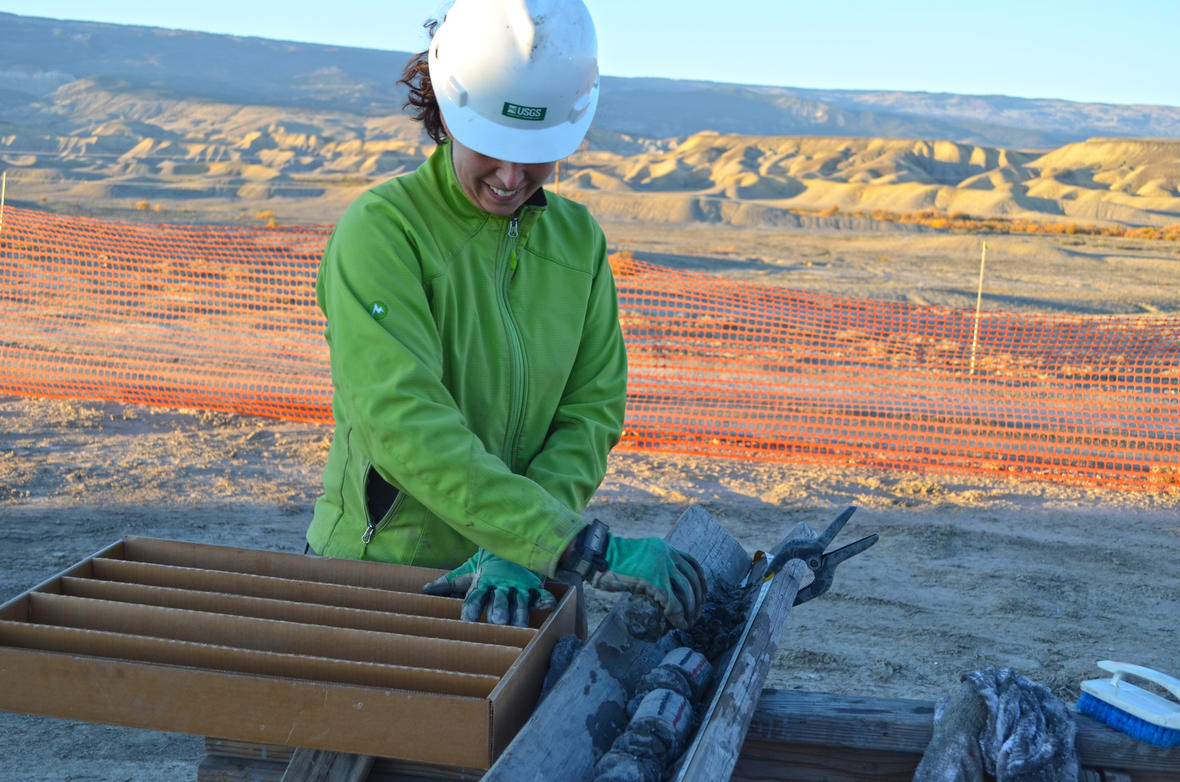
Has BP Found A Major New Fracking Field in the US?
Amidst the continued dire warnings about climate change, censored scientists and stranded assets, the oil industry keeps on doing what it does best: keeps on belligerently looking for more oil and gas
Amidst the continued dire warnings about climate change, censored scientists and stranded assets, the oil industry keeps on doing what it does best: keeps on belligerently looking for more oil and gas.
Earlier this week, BP announced it had discovered what it is labelling a “significant new source of US natural gas supply” in New Mexico in the Mancos Shale, just across from the Colorado border.
“We are delighted with the initial production rate of this well,” said Dave Lawler, CEO of BP’s US Lower 48 onshore business. “This result supports our strategic view that significant resource potential exists in the San Juan Basin, and gives us confidence to pursue additional development of the Mancos Shale, which we believe could become one of the leading shale plays in the US.”
BP, which only bought the lease two years ago, said the area could become one of the US’ main shale areas. The San Juan Basin sprawls across the Colorado-New Mexico border.
Bloomberg reports how “While other natural gas drillers are paying a premium for acreage in prized U.S. shale formations across Texas and Pennsylvania, BP may have just found a gem in a largely ignored corner of New Mexico.”
For anyone fighting fracking, climate change and the shale industry in the US, it is significant because it could open up a whole new area of shale. According to a US Geological Society, “The Mancos Shale is a significant potential source of natural gas.”
A report the Society published last year concluded that the wider Mancos Shale basin “contains an estimated mean of 66 trillion cubic feet of shale natural gas, 74 million barrels of shale oil and 45 million barrels of natural gas liquids, according to an updated assessment by the U.S. Geological Survey. This estimate is for undiscovered, technically recoverable resources.” The previous estimate was just 1.6 trillion.
But BP still has significant hurdles to overcome in an area of complex geology with potential high costs.
“The next test now will be showing some repeatability,” Linda Htein, senior research manager of Wood Mac’s upstream research team told the Houston Chronicle. “Will they be able to repeat these results in another five wells? They think there’s potential for scalability here.”

